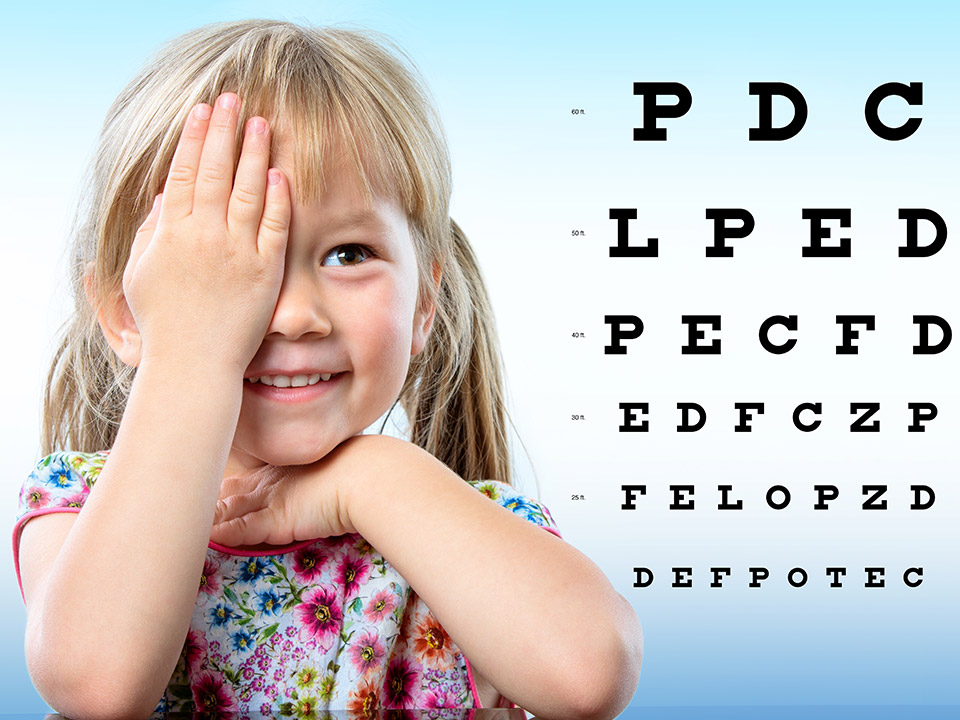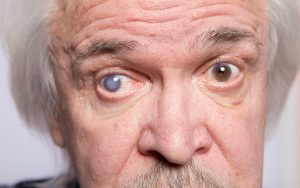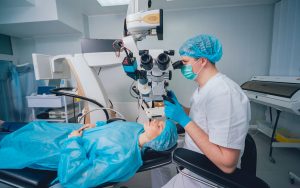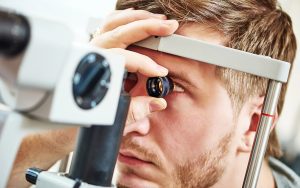Amblyopia
During infancy or childhood when one eye becomes weaker than the other, it is called Amblyopia or lazy eye. Allowing the weaker eye to get worse over time, the brain favors the better eye. It is important to detect early because treatment is more effective when started early. An eye patch or glass including the treatment. Amblyopia, which is called lazy eye or lazy vision, is a serious eye condition that affects vision. During childhood or infancy, poor vision develops in one eye if not treated and worsens over time. In a child with amblyopia, one eye has blurred vision and the other has a clear vision. The brain begins to ignore the blurry eye and uses only the eye with clear vision. Allowing the weaker eye to worsen eventually, the brain learns to rely on the stronger eye.
Amblyopia – Characteristics
With a family history of eye problems, some children may have a risk factor for amblyopia such as developmental disabilities, premature birth, or small at birth. At the age of 15, amblyopia is the most common reason for vision loss in 2% to 4% of children. It will be a permanent problem if not detected and treated during childhood. At an early age, regular eye exams are important. The Refractive error is the condition that affects how light passes through the eye. It includes nearsightedness means myopia trouble seeing far away. Farsightedness means hyperopia trouble seeing up close. A curve cornea Astigmatism, Strabismus means cross-eyes. Your eyes are meant to move together as a pair, but sometimes they don’t.
Amblyopia – Diagnosis
The brain can rely on one eye over the other if one drifts up or down, leading to amblyopia. Sometimes the eye has a structural problem that can lead to amblyopia, including cataracts that cause cloudiness in the lens and blurred vision, such as astigmatism, droopy eyelids, or scars of the cornea. Until a child has an eye test, the condition often goes undetected. So, every child should have a regular vision screening. A child with amblyopia may notice symptoms. Inexperience between the two eyes makes a large difference in nearsightedness or farsightedness. Shut one eye or squint a lot, favor one side of the body, have cross-eyes, have a droopy eyelid, or frequently tilt their head one side. Children must undergo a thorough vision test before 6 months of age and again before 3 years of age, the American Optometric Association recommends. The Amblyopia test can diagnose a pediatrician, school vision program, optometrist, or ophthalmologist.
Amblyopia – Treatment
The screener may put drops in the eye to make the pupil bigger. Shine a light on each eye. Cover one eye at a time and test whether each eye can follow a moving object. Although the connections between the eyes and the brain are still developing, amblyopia treatment is much more effective if it is started early. Strategies focus on making the child’s brain use the weaker eye. At least a few hours per day, your child may wear a patch on the better eye.
This effective treatment can last for months or even years. The patch forces the brain to use the images from the weaker eye, eventually making that eye stronger. Eyeglasses are also a common lazy eye treatment, it also helps with amblyopia by improving farsightedness, nearsightedness, and cross-eye. An operation for surgery in amblyopia is rare, such as cataracts; your healthcare provider may suggest surgery to correct certain causes of amblyopia. Amblyopia or other vision problems that you cannot prevent can cause it. You can prevent it from getting worse or causing permanent problems. A regular eye examination is the best way to prevent amblyopia vision loss. Children with amblyopia can significantly improve their vision if early diagnosis and treatment are followed. Though it may not lead to perfect sight, especially in severe cases, if the goal of treatment is to improve sight as much as possible. Amblyopia does not go away on its own. It can cause permanent vision loss and a wonky eye that always looks in another direction if left untreated. There is no good evidence for exercises for the eye that would not hurt the amblyopia that suggests they can help on their own. Some other proven treatments you can try few exercises like colors in the lines, holding a pencil near your nose, moving it away then bringing it close. Focus on it as it moves. While wearing a patch on the stronger eye, do puzzles. You can take several steps to help your child with a lazy eye. You must have regular eye exams. and go to all follow-up eye appointments. Always encourage your child to wear eyeglasses or patches, even if they may not want to.
The providers can detect any vision problem if the children should have an early and regular vision screening. It can be very effective when started early before vision loss is severe, with treatment such as a patch or glasses. You must talk with your health care provider if you notice any eye problems in your children.





